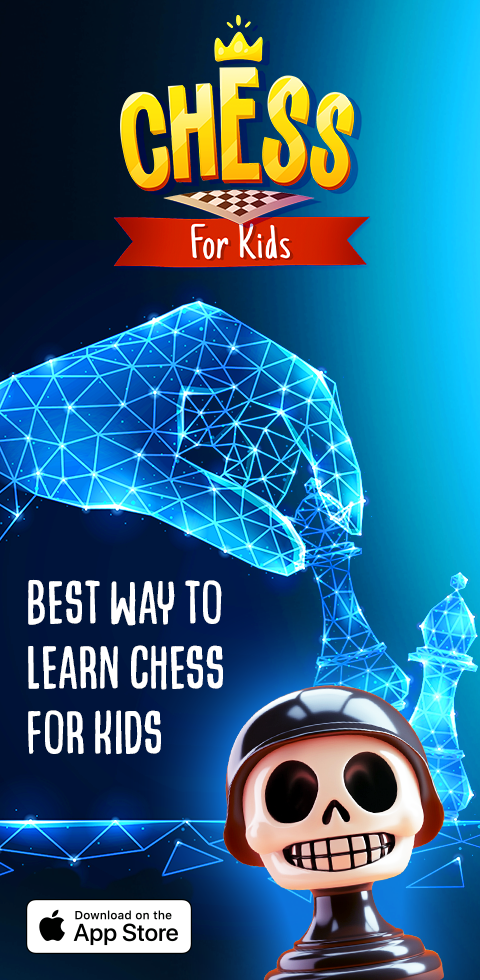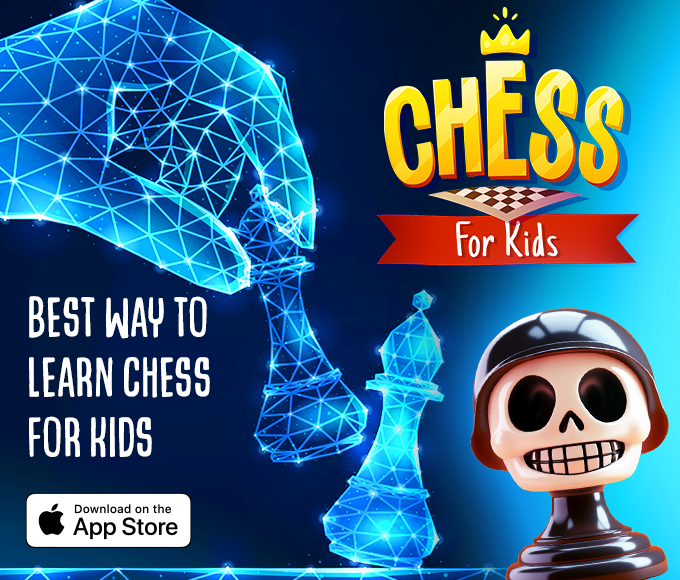Letter-sound association Tracing Letters Worksheets for Ages 5-6
5 filtered results
-
From - To
Introducing our "Letter-Sound Association Tracing Letters Worksheets" designed for children ages 5 to 6! These engaging worksheets offer an exciting way for young learners to practice letter tracing while solidifying their understanding of letter-sound relationships. Each worksheet features a mix of fun illustrations and guided tracing activities that promote fine motor skills and early literacy. With a focus on popular letters, kids will connect sounds to letters while enhancing their writing abilities. Perfect for home or classroom use, these worksheets foster a love of learning and lay a strong foundation for future reading success. Start your child’s educational journey today!


Letters J and K Tracing Worksheet
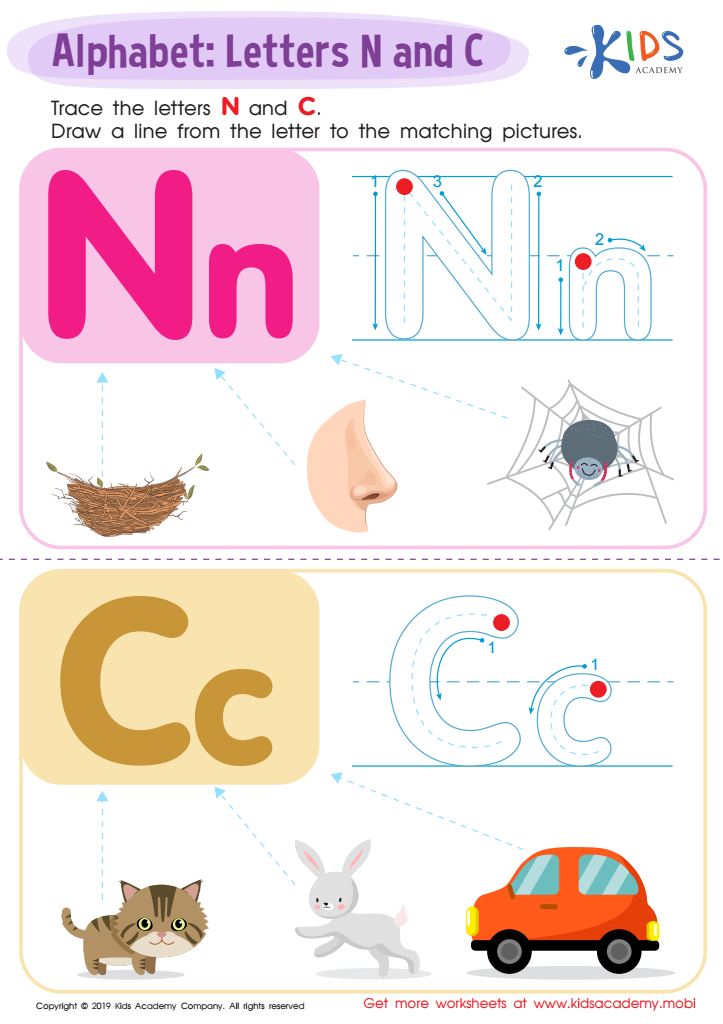

Letter N and C Tracing Worksheet
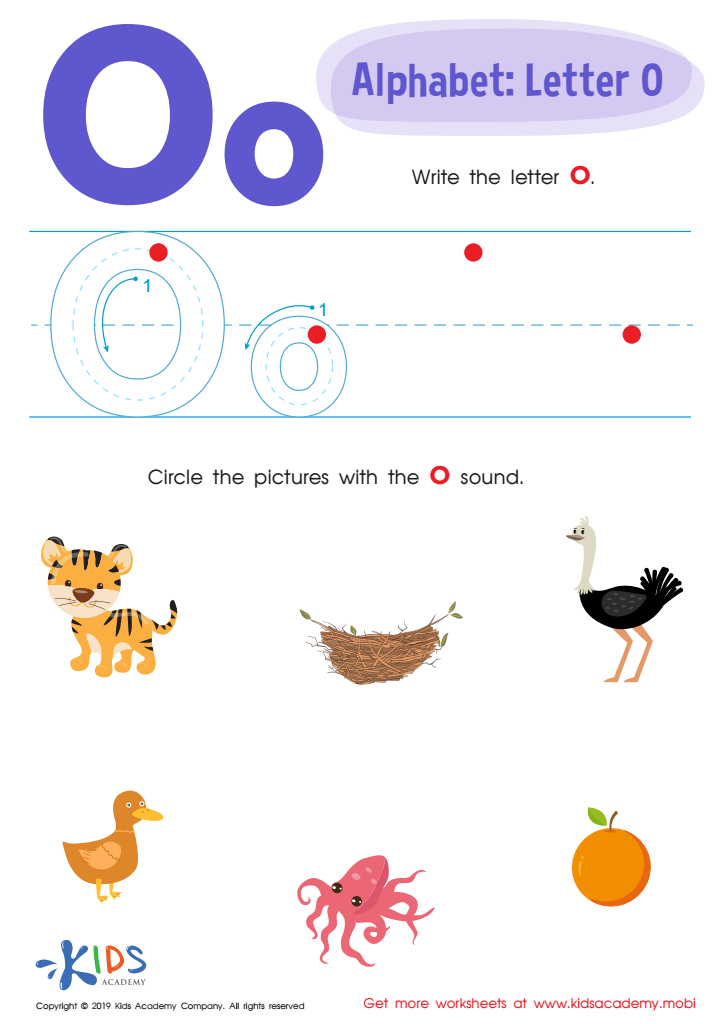

Letter O Tracing Worksheet
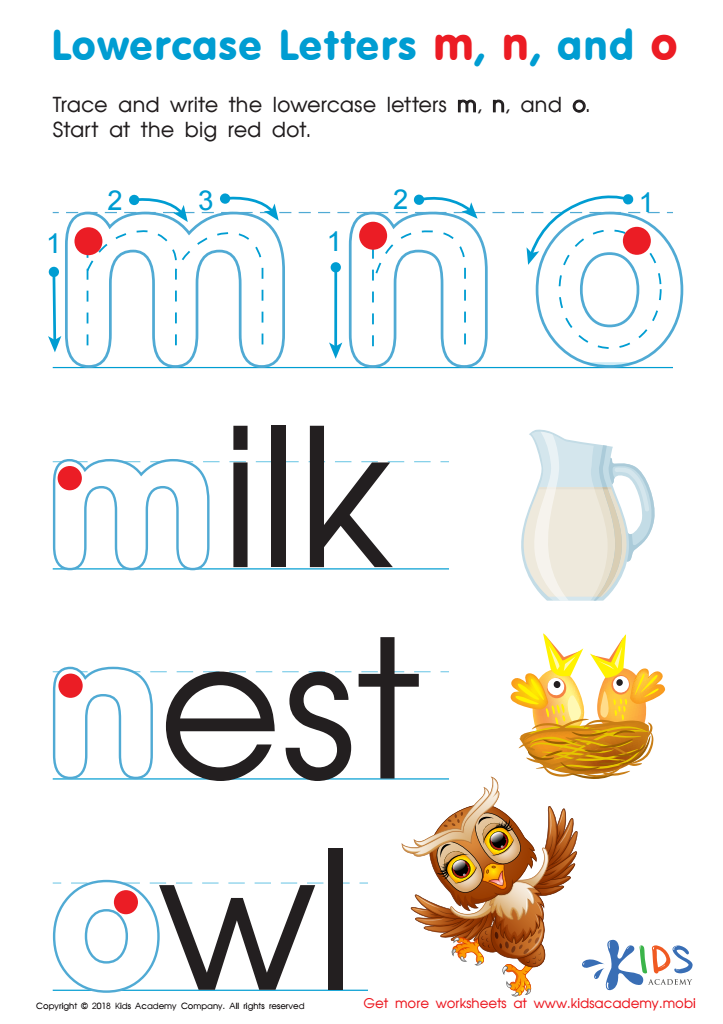

Lowercase Letters m n o Worksheet
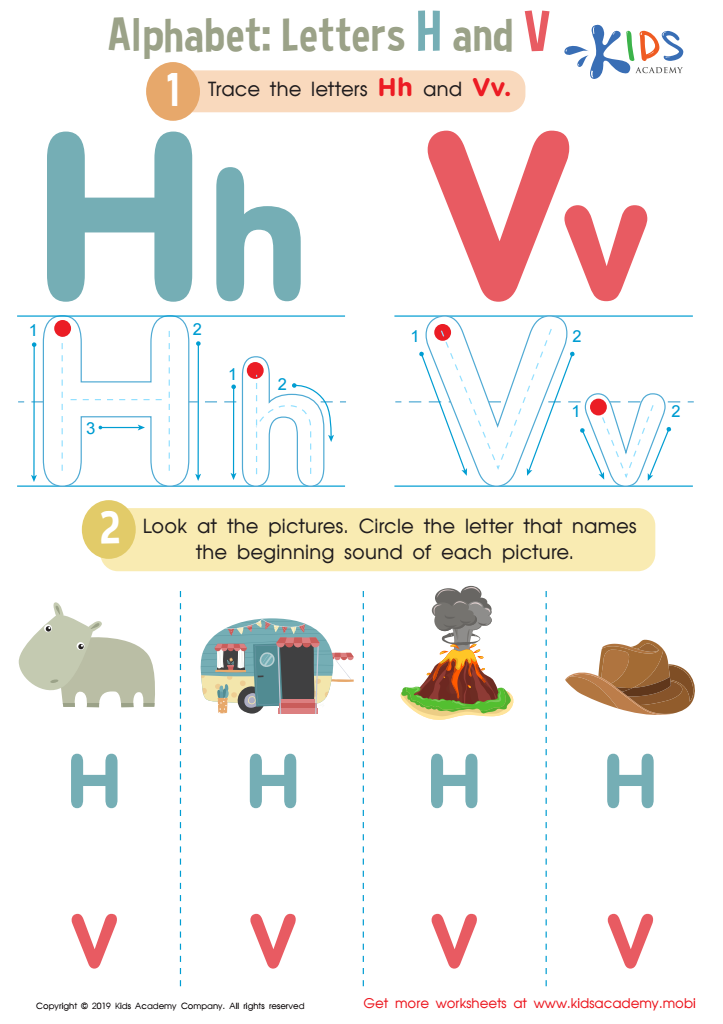

Letters H and V Tracing Worksheet
Letter-sound association and tracing letters are fundamental skills for children aged 5-6 as they form the backbone of early literacy development. Understanding the connection between letters and their corresponding sounds is crucial for young learners. This knowledge enables them to decode words, enhancing their reading proficiency and laying the groundwork for future academic success.
When children trace letters, they engage in a multi-sensory experience that involves visual perception and fine motor skills. This activity not only promotes letter recognition but also strengthens hand-eye coordination and builds the muscles necessary for writing. By practicing these skills, children become more confident in their abilities, fostering a positive attitude towards learning.
Parents and teachers should care about these skills because early literacy is a strong predictor of later educational attainment. Children who struggle with letter-sound association may face challenges in reading, which can lead to feelings of frustration and decreased motivation. By prioritizing tracing letters and reinforcing letter-sound associations, adults can provide the support necessary for children to become proficient readers. Ultimately, fostering these skills nurtures a lifelong love of reading and learning, empowering children to succeed in their academic journeys and beyond.
 Assign to My Students
Assign to My Students

